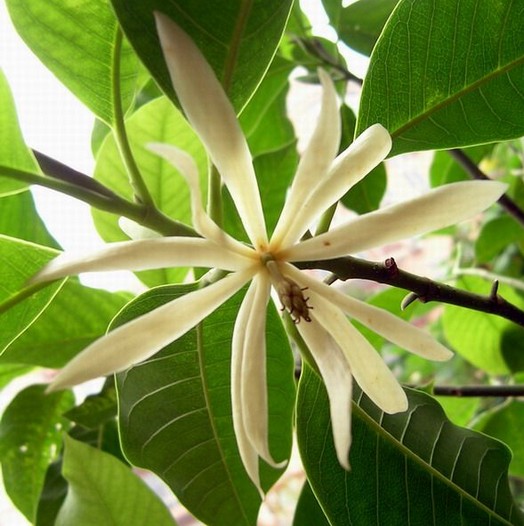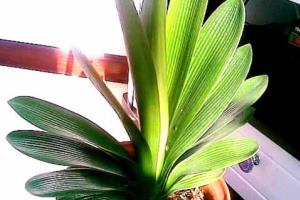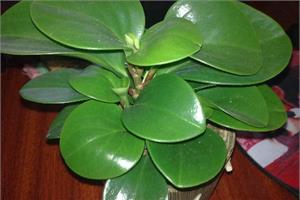Pay attention to teach you how to raise white orchids
Note 1: acidophilic soil
The pot soil selection of white orchid needs to pay attention to two points, one is because the white orchid is fleshy root, which is more suitable for the soil environment with good permeability, and the other is because the white orchid is a southern flower and likes acidic soil. However, the soil in the north is alkaline, so when preparing the cultivated soil, an appropriate amount of ferrous sulfate or sulfur powder should be mixed to reduce the soil alkalinity.
Note 2: like the environment with good ventilation and high humidity
Watering is very important to cultivate white orchids in the north. The essence that the white orchid likes the humid environment is that the air humidity is high but the soil water content can not be too high. The water in the north is alkaline, and it is easy to alkalize the soil after long-term use, so it is best to use Rain Water, snow water or ferrous sulfate. But Rain Water and snow water are not easy to retain, usually pour tap water, regularly (every 10 days or so) irrigated ferrous sulfate, will not make the plant yellow disease.
Note 3: like the sun and fear the sun
White orchids are not strict with light, but excessive or insufficient light is not conducive to plant growth, too strong light is easy to burn leaves, lack of light is not easy to form flower buds, even if there are flowers are not fragrant. It should be placed in a sunny place in spring, after the Mid-Autumn Festival and in winter to receive light. Summer and early autumn should be placed in a semi-shaded place to cover 50% of the light so that it can receive sunlight before 9 am and after 6 pm, so as to avoid direct noon light.
Note 4: if the drainage is not good, it is easy to rot.
The orchid is a fleshy root, and the amount of water in the basin is not conducive to the growth of the root system, especially afraid of stagnant water, which is easy to cause root blackening and decay. In the rainy season, the basin should be poured sideways, paying attention to waterlogging; it is found that the yellow leaves or leaves caused by rotten roots turn red, and watering should be strictly controlled. Even when the leaves are soft and hang down, the watered water should be stored first to adapt to the temperature.
Note 5: get rid of pests in time
The common diseases of white orchids are anthracnose, leaf spot and yellowing, and the main insect pests are red spiders, shell insects and aphids. In daily maintenance, in addition to strengthening water and fertilizer management and improving plant disease resistance, attention should also be paid to ventilation. If pests occur, they can be caught manually when the number is small. When the number is large, red spiders can be sprayed with 1000 times of dicofol and 1000 times of omethoate EC can be used to kill shell insects and aphids. Anthracnose and leaf spot can be controlled with broad-spectrum fungicides such as chlorothalonil and carbendazim. Chlorosis can be prevented and treated by foliar spraying with ferrous sulfate solution of 1 stroke 800.

Related
- Wuhan Hospital Iron Tree Blooming Result Was Instantly Frightened by the Gardener Master
- Which variety of camellia is the most fragrant and best? Which one do you like best?
- What is the small blue coat, the breeding methods and matters needing attention of the succulent plant
- Dormancy time and maintenance management of succulent plants during dormancy
- Minas succulent how to raise, Minas succulent plant pictures
- What are the varieties of winter succulent plants
- How to raise succulent plants in twelve rolls? let's take a look at some experience of breeding twelve rolls.
- Attention should be paid to water control for succulent plants during dormant period (winter and summer)
- Watering experience of twelve rolls of succulent plants
- Techniques for fertilizing succulent plants. An article will let you know how to fertilize succulent plants.



